Scotland’s globally important seabird populations are facing a “completely unprecedented” bird flu disaster with thousands of reported deaths.
There have been widespread deaths of important species like terns, guillemots, gannets and great skuas (known as bonxies) all across the coastlines of Scotland amid outbreaks of the disease called Highly Pathogenic Avian Influenza (HPAI) among wild birds.
Reports of mass deaths in populations in Shetland, the Fair Isle, Orkney, the Western Isles and even the remote St Kilda have all caused major concern for conservationists.
We completed the Great Skua census today on #StKilda and the impact of the current #AvianInfluenza outbreak is clear: 66 territories represents a 64% decline since 2019. 106 dead so far this season, with half of them found in the last week. Worrying times ahead for our Bonxies. pic.twitter.com/B9l5un7nIj
— St Kilda Rangers (@StKildaNTS) June 8, 2022
Key colonies of gannets have been hit particularly bad at Troup Head near Pennan in Aberdeenshire, and at Noss in Shetland.
But the impact isn’t just hidden away along remote coastal cliffs — beach walkers all across the north, north-east and islands have frequently been coming across the tragic sight of dead or dying seabirds.
Ongoing wave of bird flu deaths is ‘unknown territory’
Paul Walton, the head of species and habitats for RSPB Scotland, said: “Avian influenza circulates in wild birds quite naturally, and has done for millennia, but what we are facing now is completely unprecedented.
“In the mid-noughties there was a new variety of avian influenza called HPAI which is much, much more lethal to birds than the normal form.
“It was spread by the movement of poultry and passed secondarily into wild birds.
“We had a number of cases over recent years, but in winter 2021/22 we started having these major die-offs that have had population-level impacts.
“We are in unknown territory right now.”
Why are seabird populations so vulnerable to impact of bird flu?
Paul explained that because many seabirds are long-lived, they have a “naturally slow breeding rate” and produce fewer chicks than some other types of birds.
“And when adults start dying, they can’t breed fast enough to make up for the losses, and you start to get population decline,” he added.
“So, it’s a major conservation concern.
“We’ve seen deaths of many hundreds of great skuas, which in Shetland are known as the bonxie.
“This is a species where 60% of the world’s entire population breeds in Scotland, so we’re internationally important for great skuas.
“And we’re watching them get hit really seriously by the disease.
“The deaths are happening in numbers that are really worrying.”
Where are some of the worst-hit areas?
Paul said that because a lot of seabird species tend to nest in tightly-packed colonies, side by side, the potential for diseases like HPAI to spread is increased, making them “incredibly vulnerable”.
“The worst-hit area so far as we can tell at the moment is Shetland, which has enormous and really important seabird colonies,” he said.
“We’re detecting bad impacts in Orkney, and in terms of gannet colonies, Troup Head has been bad.
“We’re also seeing guillemots dying on their nesting ledges at the Mull of Gallloway, and there’s problems with bonxies in the Western Isles, but the epicentre of sorts to date has been Shetland.”
“I’m really worried.
“And for my staff that work on the ground on nature reserves and who have devoted their lives to the conservation of these birds, it’s really, really distressing.”
‘This has to be a wake-up call’
As well as the impact of HPAI, seabirds in Scotland are facing all sorts of challenges.
From getting tangled in abandoned fishing gear, to climate change, to low food supplies, Scotland’s globally important seabird populations are “already in a lot of trouble” according to Paul.
He said: “We need government and agencies to really step up the priority of funding that is given to seabird conservation measures so we can maximise their resilience to cope with these diseases in the future.”
What should I do if I see any dead or sickly birds?
If you come across any dead or sickly birds, stay away from them, keep your pets away from them, and do not touch them as they may be infected with bird flu.
While transmission to humans is rare, it’s not completely unheard of.
Instead, you should report them to the Department for Environment, Food and Rural Affairs (DEFRA) by calling their helpline on 03459 33 55 77.
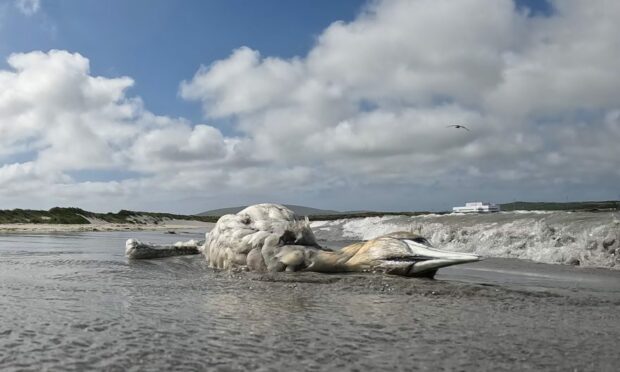
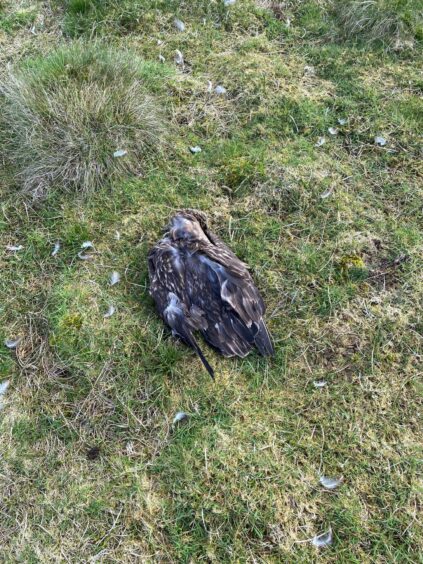
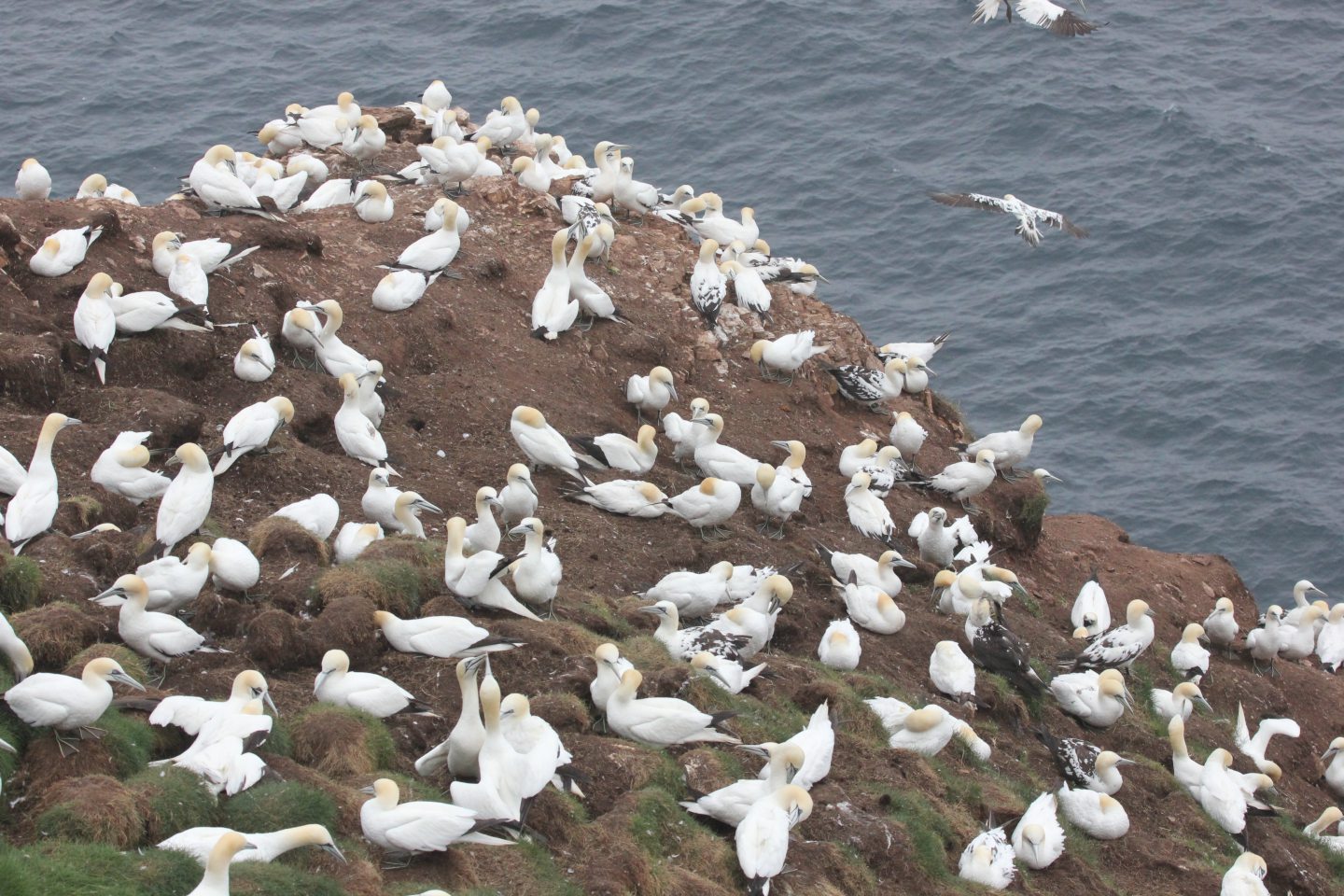
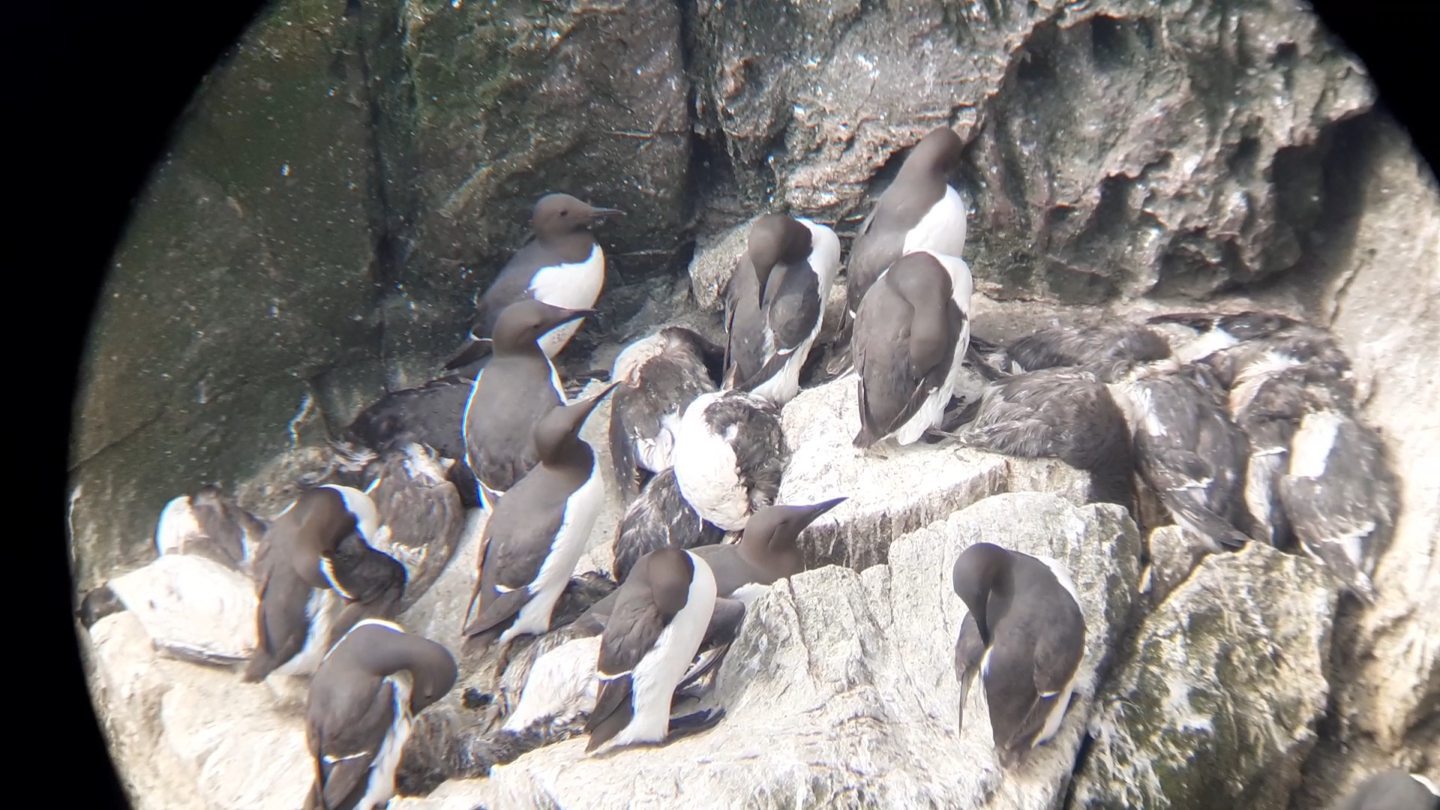
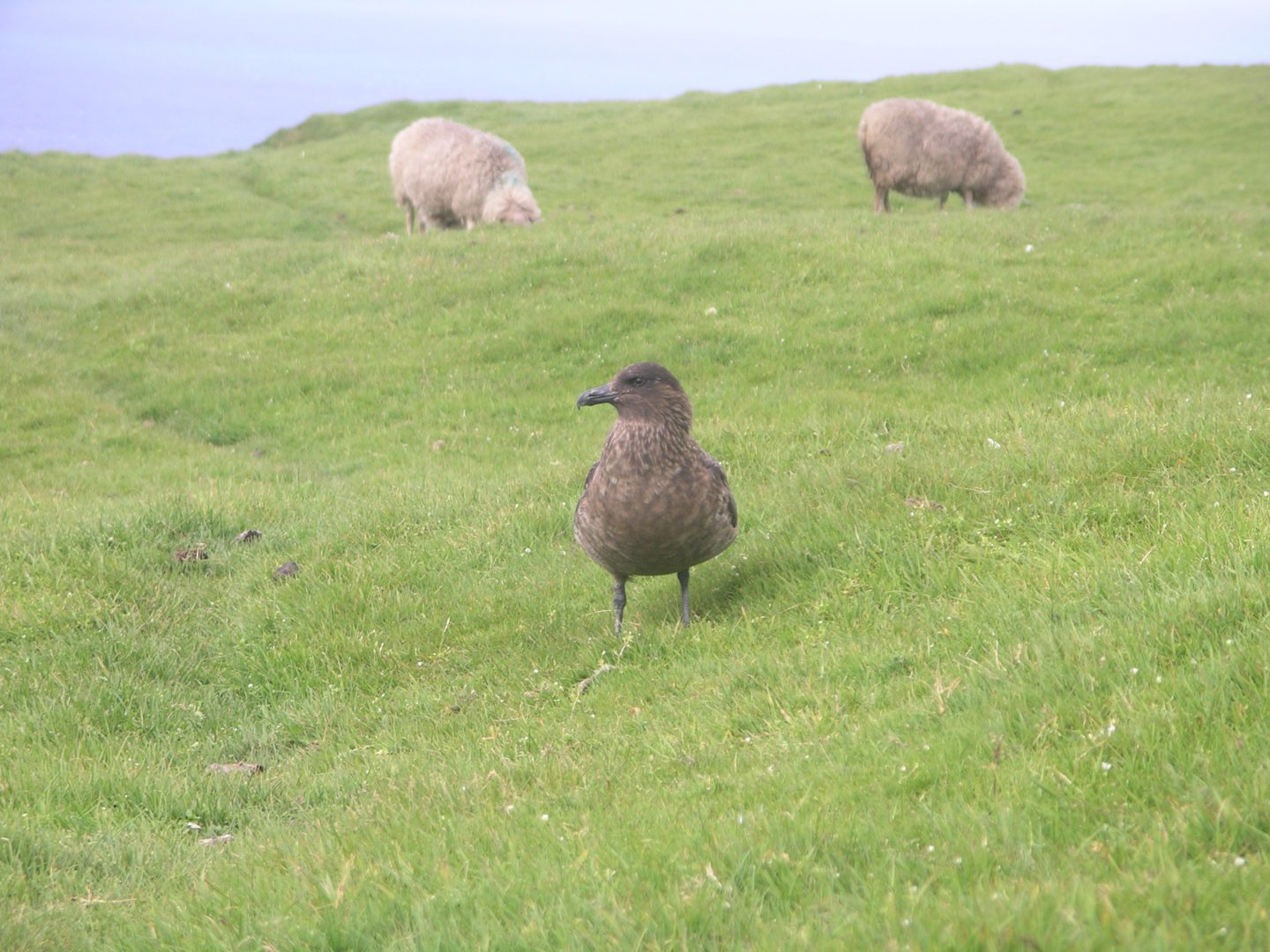
Conversation